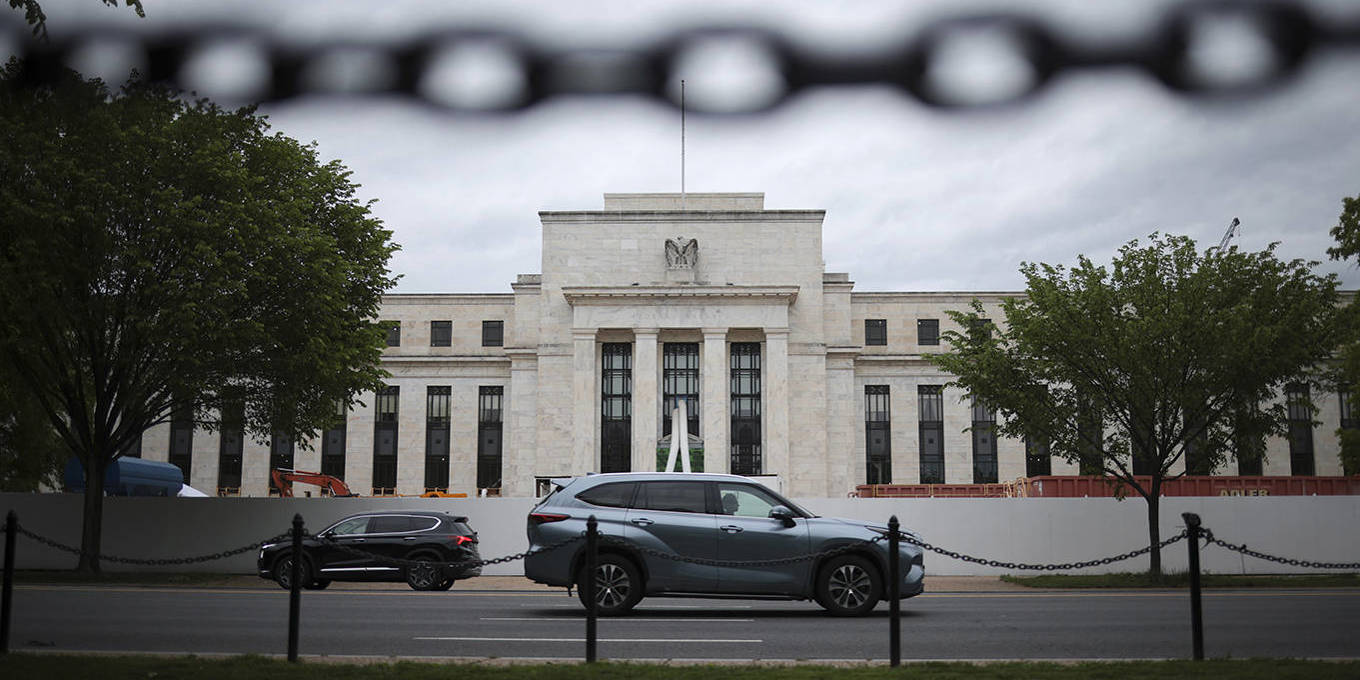In the first quarter of 2024, GDP in the United States grew at an annual rate of 1.6%, which was lower than expected. Core inflation also remained higher than anticipated, with consumer prices (excluding energy and food) increasing at an annual rate of 3.7%. This is up from 2% in the fourth quarter of 2023. As a result, stock prices are falling and bond yields are climbing in anticipation of only one interest-rate cut by the US Federal Reserve in 2024. This is a significant change from market expectations at the end of 2023, when six rate cuts were anticipated. Investors are now adjusting their expectations to include the possibility of sustained growth and persistent inflation.
The first-quarter GDP report shows that the US economy is not in a recession. However, concerns are rising about stagflation, particularly as price pressures may require a mild downturn to control. Strong consumer spending and monetary policies that are not restrictive enough are contributing to these concerns.
With evidence of slowing growth and high inflation, concerns about stagflation are emerging among some investors and analysts. The question arises of whether the US economy is still experiencing a boom or if there is a risk of a period of slow growth and high inflation.
This uncertainty highlights the need for a closer examination of economic trends and policies to understand the future trajectory of the economy.
In conclusion, while GDP growth in Q1 was weaker than expected, it’s important to note that this doesn’t necessarily signal a recession. However, concerns about stagflation cannot be ignored as it requires careful monitoring by policymakers to ensure sustainable growth while controlling inflationary pressures.


